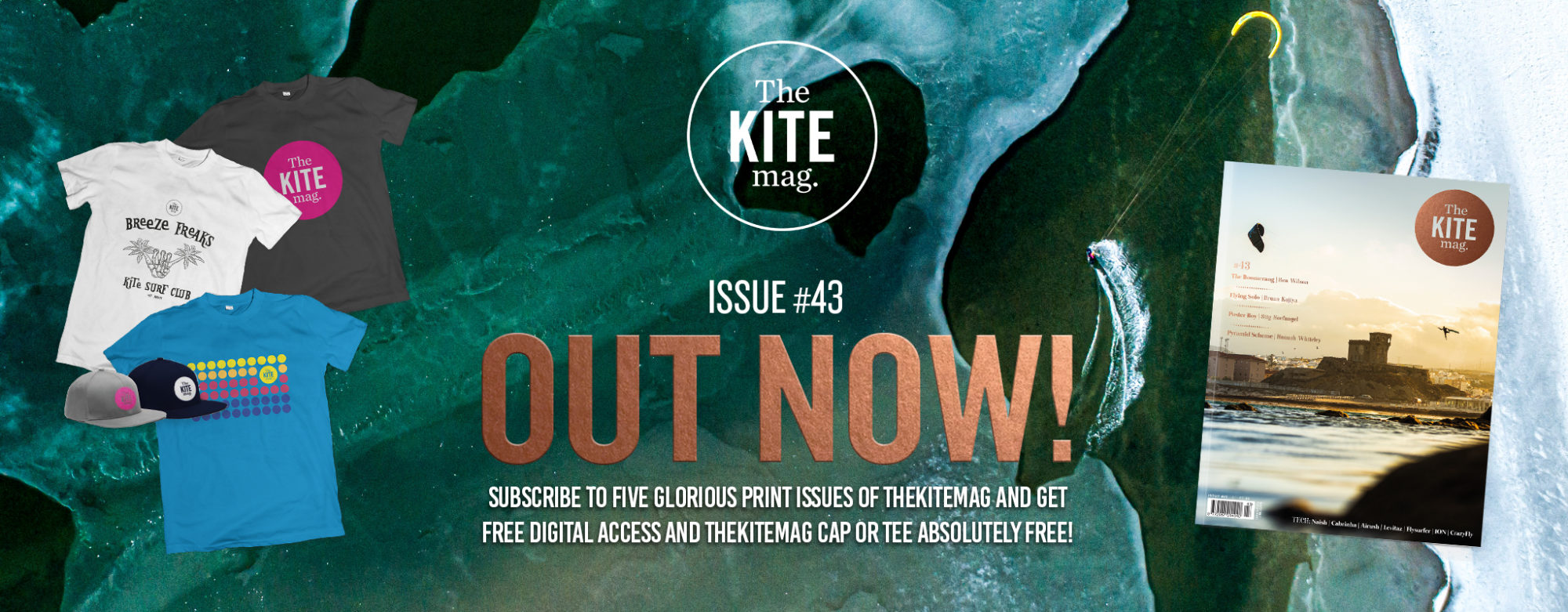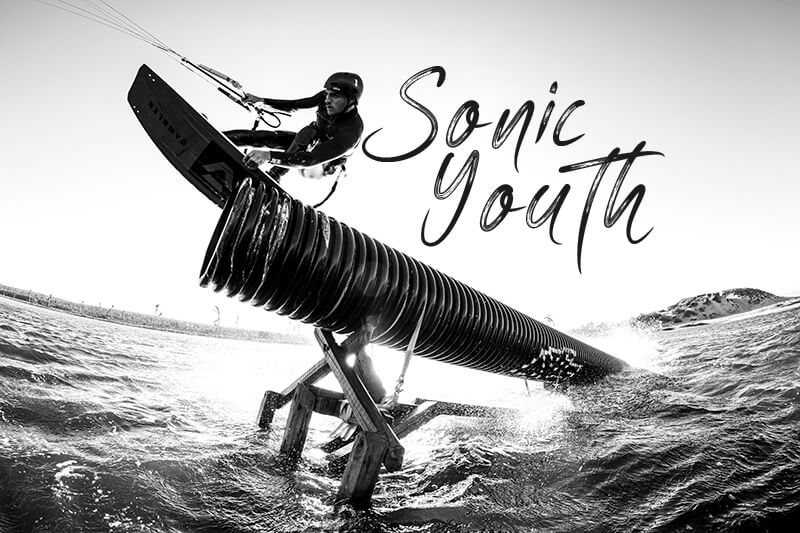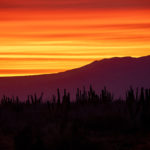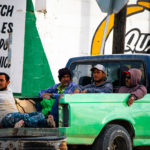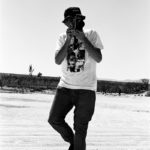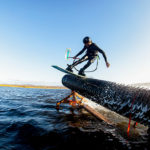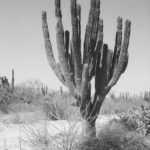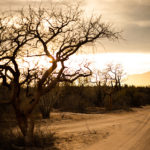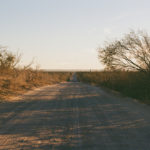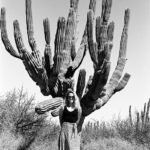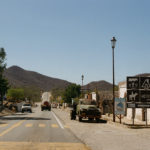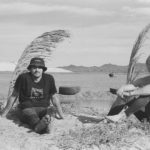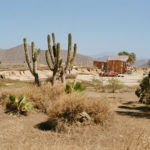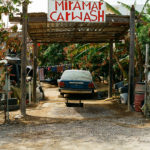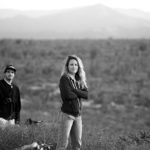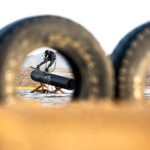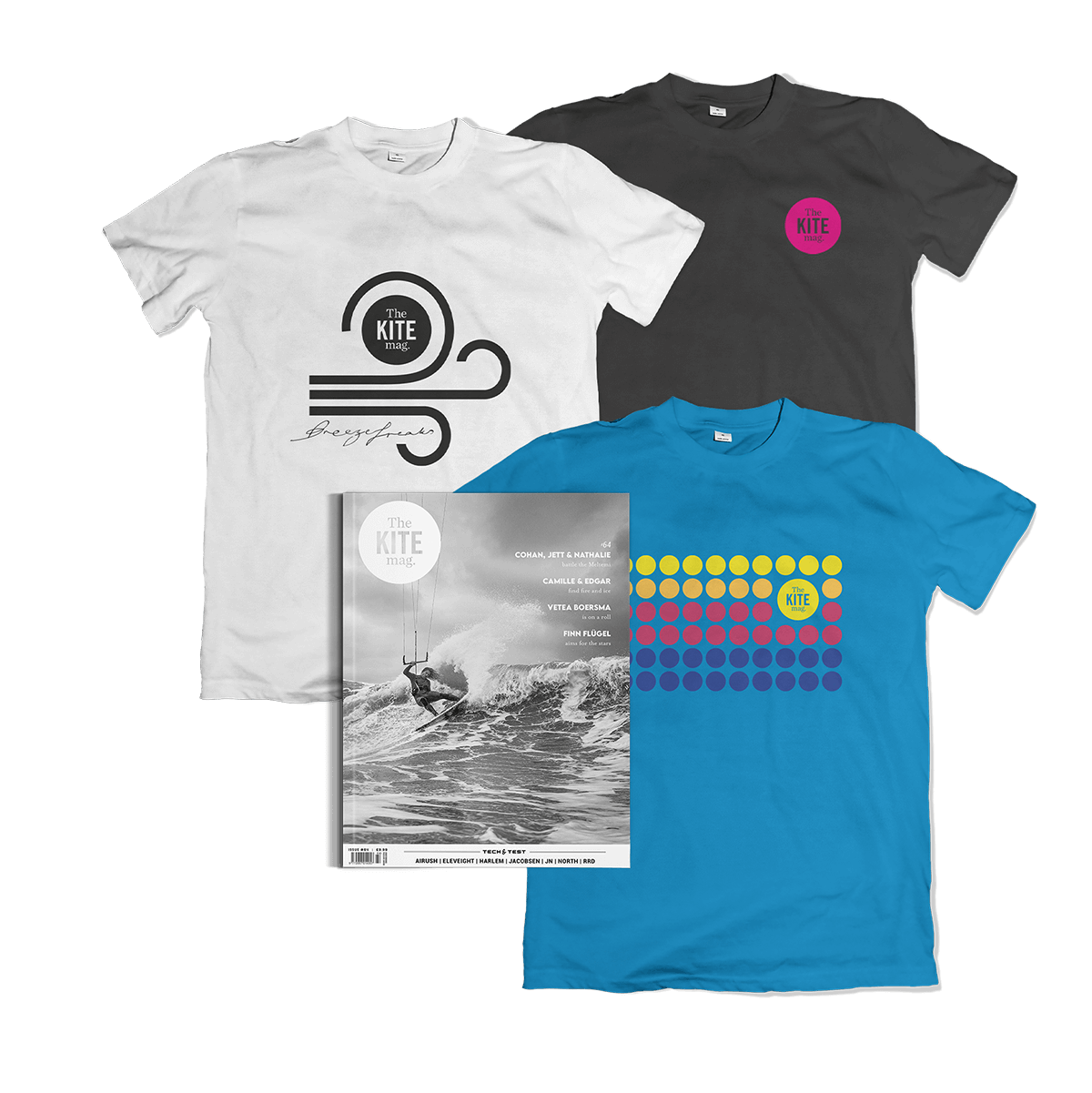Colleen Carrol, Noè Font and Xander Raith headed to La Ventana, Mexico to showcase the best of the boardsport they love and to pour some more fuel on the park-riding flame…
WORDS: XANDER RAITH
PHOTOS: NOÈ FONT

 As with all sports, aspiring youth grow into amateurs who strive to attain the prestige of professionalism. Out of the already select few talents who have worked to attain their role as a representative of the sport, there are only a handful of athletes who influence the direction of progression, defining the highest standard of their sport for as long as they can sustain against the inevitable surge of youthful evolution that is building in their rearview mirror. Often, those who sustain their pinnacle status and give a new direction to their sport make a distinct imprint on the industry, carving out their own tracks before perhaps attaining ‘legendary’ status!
As with all sports, aspiring youth grow into amateurs who strive to attain the prestige of professionalism. Out of the already select few talents who have worked to attain their role as a representative of the sport, there are only a handful of athletes who influence the direction of progression, defining the highest standard of their sport for as long as they can sustain against the inevitable surge of youthful evolution that is building in their rearview mirror. Often, those who sustain their pinnacle status and give a new direction to their sport make a distinct imprint on the industry, carving out their own tracks before perhaps attaining ‘legendary’ status!
The true originators of park riding – Andre Phillip, Jason Slezak, and more – curated the foundation for the second wave of riders to build upon, riders who shaped my inspiration and redefined the standard of their predecessors. When I was younger, this pinnacle of talent thrived as a collective power, known throughout the industry as the Freeride Project and the NA Blend crew. This elite group of riders deviated kiting from its infantile association as a sailing sport and introduced kiting to the world as a boardsport, entering it into a coveted associative realm alongside skateboarding, surfing, and snowboarding… the world’s iconic boardsports.
The term ‘core’ often gets thrown around loosely and loses its authentic significance. Within the boardsports industry, ‘core’ is the coveted and respected definition for the unspoken principles that have sustained skateboarding, surfing, and snowboarding since their novel inceptions. For a sport such as kiting that started as a sailing sport, only being interpreted by a select few as a boardsport stacked the odds against it and its unlikely embrace as a ‘core’ boardsport.
Kiting has evolved and developed in many directions, but there are some riders for whom aligning kiteboarding with the other ‘core’ boardsports has become their mission. Innovators such as the Freeride Project and the NA Blend crew forged their own direction and embraced the mentality and distinction of a boardsport, sharing their articulation with the world. The existence and portrayal of this distinction is the sole reason I became interested in kiteboarding and has helped motivate me to keep this vision alive.
When the world came to an abrupt halt in the spring of 2020, isolation became a standard and facilitated many of kiting’s boardsport pioneers, and my childhood idols, to reset their focus and enter the business portion of the industry. Riders such as Aaron Hadlow, Brandon Scheid, Craig Cunningham, Sam Light, Sam Medysky, Alex Fox, Tom Court, James Boulding, and more, now help sew the threads that keep the industry operative. These are the riders who helped materialize the existence of slider parks and seared park riding and its association to boardsports into the archives of what will be recognized as kiteboarding history. The revised roles of these leaders created a void in kiting and provided the opportunity for younger riders to sustain and progress the momentum they had created, proudly embracing the survival of the youth.
In an effort to nourish the existence of kiting’s emerging place as a boardsport, Noè Font, Colleen Carrol, Lucas Arsenault and I began to circulate idealistic plans for a long-awaited trip. Typically, when most set out to create something they wish to be distinct; it cannot be the emulation of a former and has to deliberately contrast the conventional and the overly saturated, often leading riders to travel to the far-reaching portions of the globe to claim their stakes in a new, unfamiliar location. However, amidst a global pandemic, such a fantasy quickly proved to be a delusion as the group had to find a location feasible of convergence from three different countries – Noè was departing from Spain, Lucas was departing from Canada, and Colleen and myself were departing from the United States. Despite our efforts to scheme a destination we felt uniquely worthwhile, after weeks of planning and assessing the constantly changing global travel restrictions and guidelines, La Ventana, Mexico, continued to perpetuate as a viable option. Being aware of La Ventana’s history and place within the kiting media, this small Mexican town quickly presented us with the opportunity to find a niche that had not yet been capitalized upon and to showcase this thriving kiting community under a different scope.
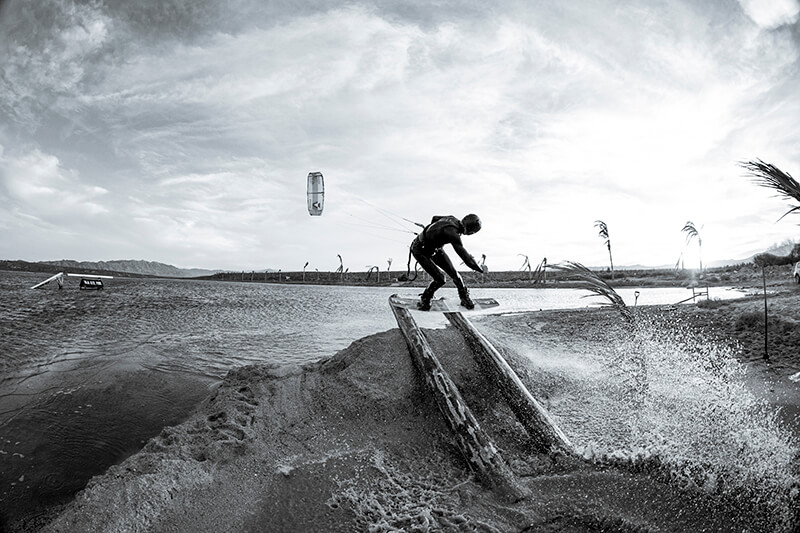
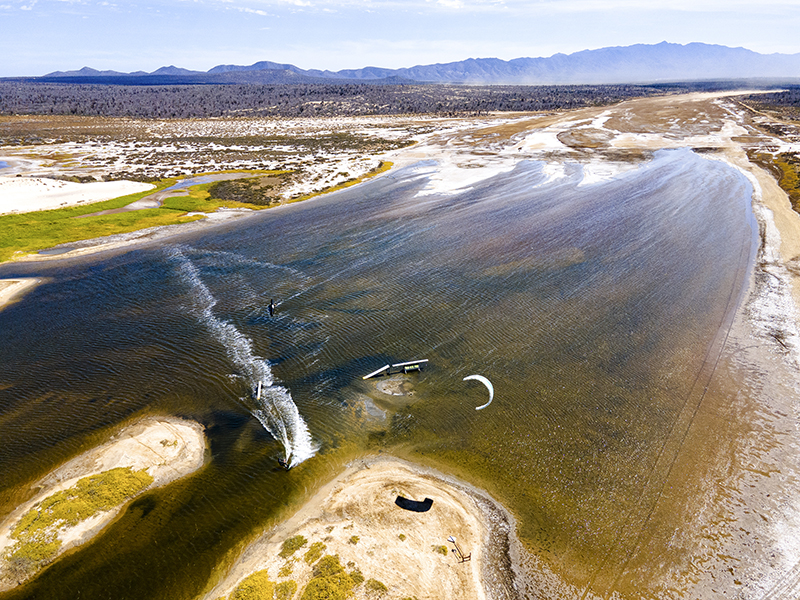
Unfortunately, a week before departure, Canada revised their travel guidelines, forcing Lucas to file for a refund and make the most of riding in Canada’s frigid spring waters. With the absence of Cabrinha rider Lucas, the Duotone crew made their way to the shores of La Ventana. For Noè and myself, it was our first time in Mexico, and upon arrival, we both quickly succumbed to the allure of Baja’s deliciously affordable Mexican cuisine and local hospitality, and were further dumbfounded by the fields of cacti that covered the sandy desert mountains, spanning as far as the eye could see. While Noè and I blissfully supported the town’s tourism, renting quads, sightseeing and exploring, Colleen had the experience of a seasoned veteran, having visited La Ventana a handful of times before. Prior to arriving in Mexico, Colleen kindly warned Noè and I that La Ventana might serve up light wind, and we should be prepared by packing our largest kites. That was not to be though, and instead the famed ‘El Norte’, a pressure system that circulates wind through the region, began blowing when we arrived, and its momentum continued through the entirety of the trip. The only kites to come out of the bag were the trusty Vegas 9m’s for Noè and I, and an 8m Dice for Colleen.
For those yet to have experienced La Ventana, the wind is consistent, the bay is turquoise blue, and it is a quintessential wintertime destination for any watersport enthusiast. That being said, Noè, Colleen and I were not particularly interested in following the herd and instead we found ourselves spending nearly every day in a small lagoon known as Choco Lake, or more accurately a stagnant muddy puddle. This shallow mud pit was certainly not a turquoise paradise, but it did provide us with the exact conditions we were hoping for – the lagoon offered flat water, and because it was only a few inches deep, it became a perfect location for building features and constructing a creative playground. Thanks to the dedication of local riders before our arrival, the lagoon was home to a few rounded PVC pipes and a long corrugated tube. The first few days we enjoyed the pre-existing rail setup, rode with the local crew, and filmed as much as we possibly could with Colleen, who was due to depart a week before Noè and I. Every day the three of us were as productive as possible, and we were able to score some incredible sessions together, filming and shooting photos the entire time.
When Colleen left, with only a week remaining in our stint, Noè and I found ourselves craving to conjure up something unique that would corroborate with our vision and illustrate the distinction we aimed to fulfill. As we sat on the edge of the lagoon, visualizing and fantasizing ideas that we hoped would pacify our ambitions, we both settled on the idea of utilizing the resources at hand and taking advantage of the shallow water the lagoon had to offer. With two shovels, roadside tires, palm tree lumber, and our creative aspirations thriving, Noè and I became human excavators, moving and rearranging enough sand to seemingly fill every pothole in all of Baja.
The rewards of our efforts paid off in full and embodied our attempt to keep the flame burning and help secure the creativity of park riding as a distinct boardsport. In a recent conversation with Noè, he elegantly transcribed the difference that I and a select few have come to embrace and intend to sustain: “Some people ride their board, and others hang off their kite”. Although many love the exhilaration of dangling below their kite, operating a ‘sail’ is quite different from riding a board. Bringing awareness to this distinction is a reality we feel is vital to the progression and growth of kiteboarding. Noè, Colleen, and I are proud to share our work and hope to continue expanding upon the efforts of legendary leaders that set the foundation for kiting’s place as a ‘core’ boardsport. ■
This feature originally appeared in TheKiteMag #42. To read the full issue, subscribe here.
